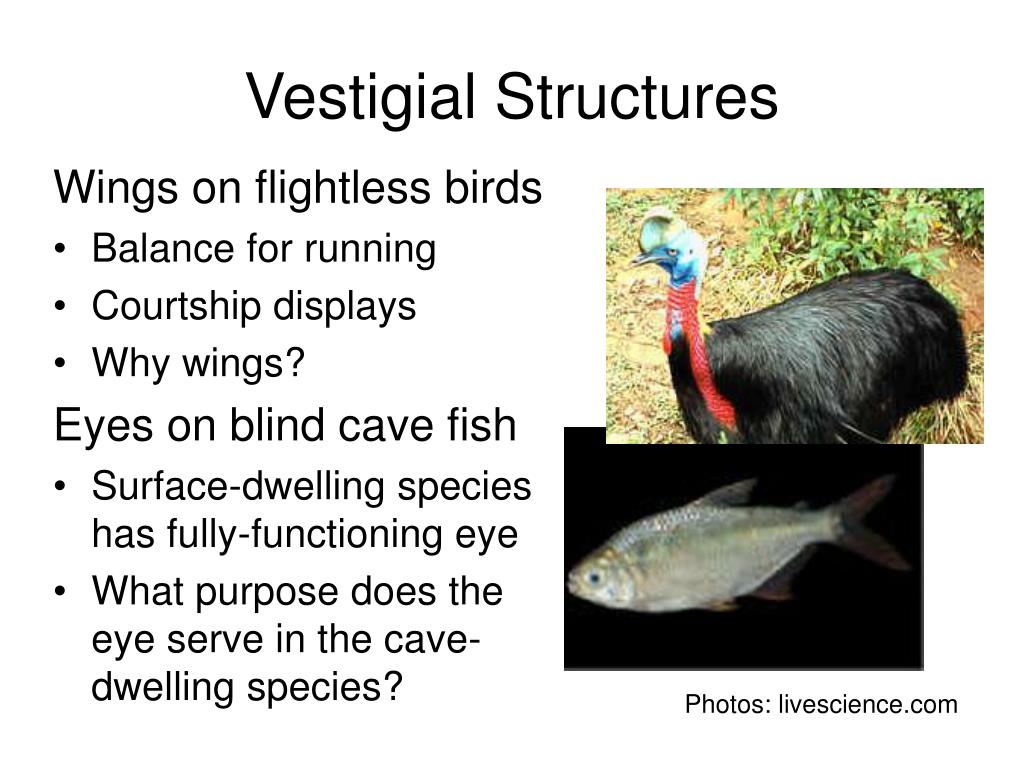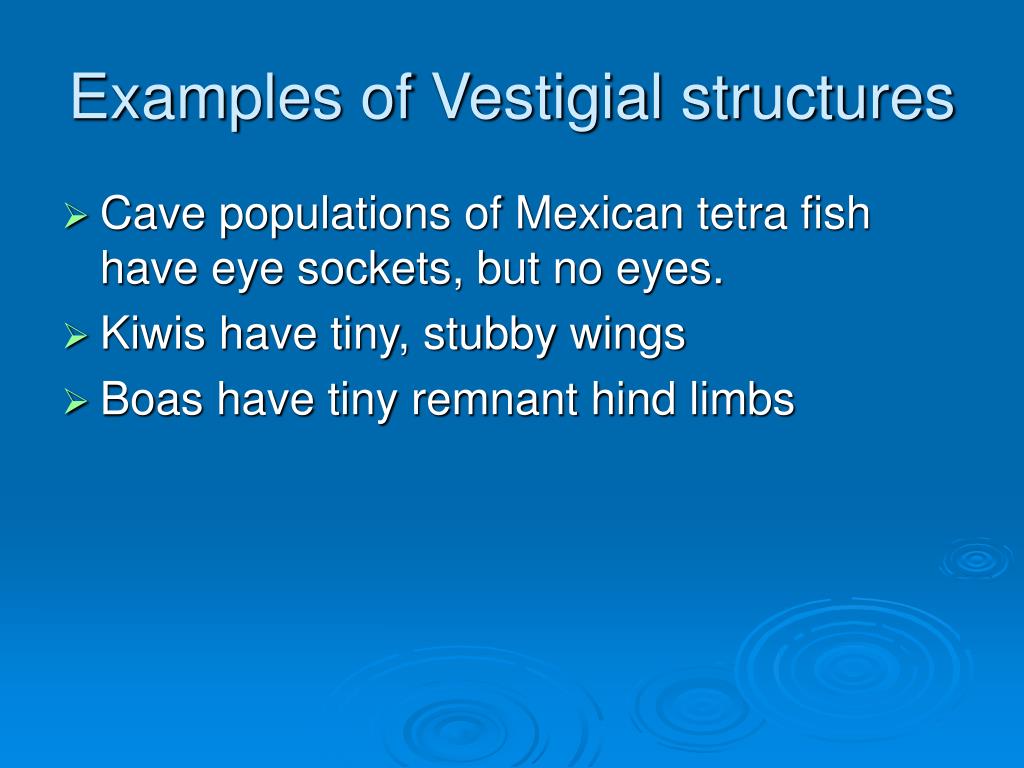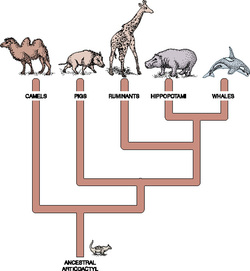

Later species showed gains in size, such as those of Hipparion, which existed from about 23 to 2 million years ago. Successive fossils show the evolution of teeth shapes and foot and leg anatomy to a grazing habit, with adaptations for escaping predators, for example in species of Mesohippus found from 40 to 30 million years ago. The series of fossils tracks the change in anatomy resulting from a gradual drying trend that changed the landscape from a forested one to a prairie. The fossil record extends back to a dog-like ancestor some 55 million years ago that gave rise to the first horse-like species 55 to 42 million years ago in the genus Eohippus. The fossil record of horses in North America is especially rich and many contain transition fossils: those showing intermediate anatomy between earlier and later forms.

For example, highly detailed fossil records have been recovered for sequences of species in the evolution of whales and modern horses. The resulting fossil record tells the story of the past, and shows the evolution of form over millions of years ( ).

Scientists determine the age of fossils and categorize them all over the world to determine when the organisms lived relative to each other. Fossilsįossils provide solid evidence that organisms from the past are not the same as those found today fossils show a progression of evolution. Darwin dedicated a large portion of his book, On the Origin of Species, identifying patterns in nature that were consistent with evolution and since Darwin our understanding has become clearer and broader.

Looking at every level of organization in living systems, biologists see the signature of past and present evolution. The evidence for evolution is compelling and extensive. Define homologous and vestigial structures.Explain sources of evidence for evolution.By the end of this section, you will be able to:


 0 kommentar(er)
0 kommentar(er)
